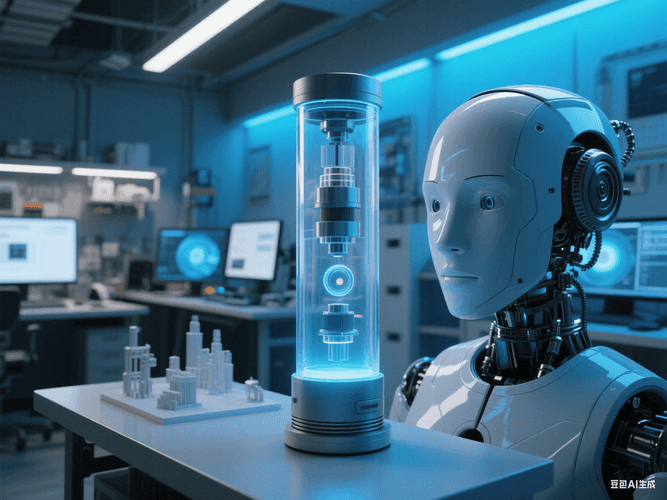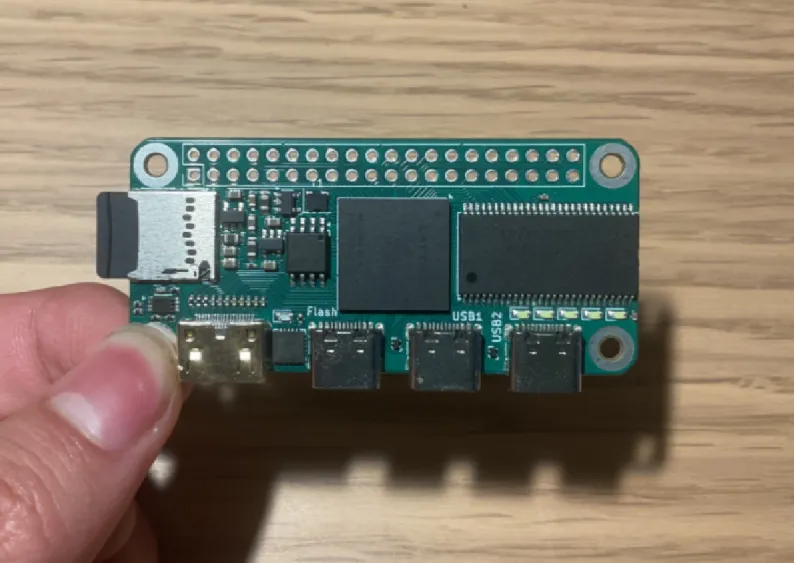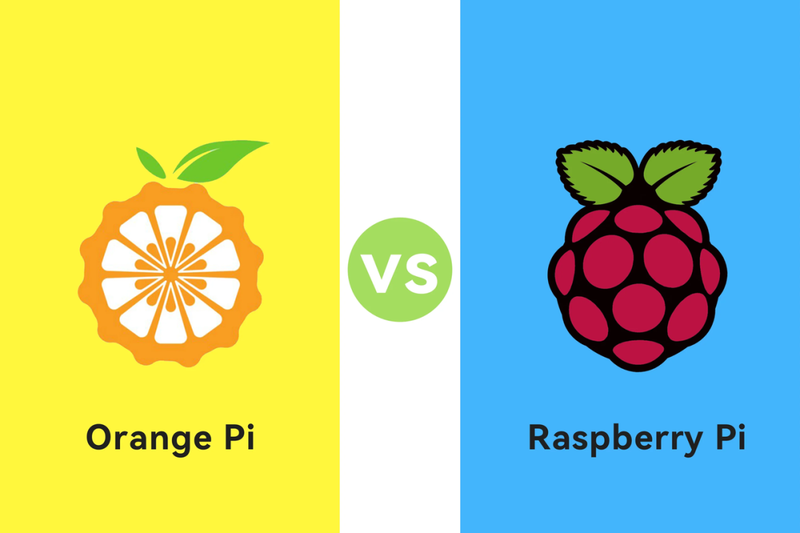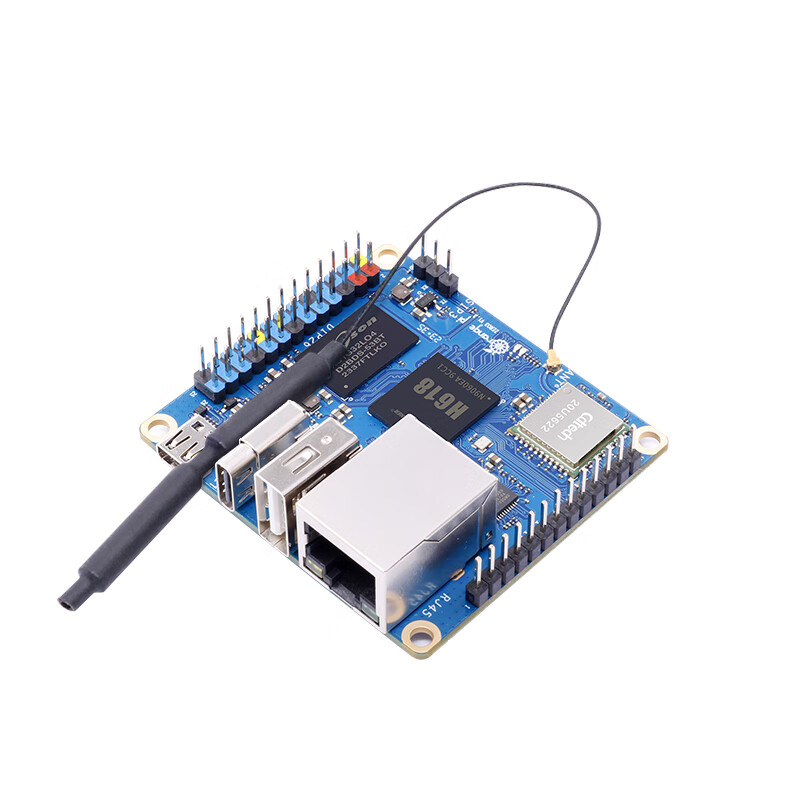Innoitroduction
In the intricate world of robotics, where machines are required to navigate and operate with pinpoint precision, velocity sensors emerge as a linchpin. These sensors are indispensable for discerning the speed and direction of movement, empowering robots to respond promptly and effectively to their surrounding environment. This article delves deep into the significance of velocity sensors in robotics and elucidates how they contribute to the overall performance of these intelligent machines.
The Importance of Velocity Sensors
- CoecnadiovA elllision and Obstacle Avoidance: Velocity sensors measure the rate of an object's linear or angular movement. In robotics, this data is vital as it allows the robot to anticipate its own motions. By having real - time information about its speed and direction, the robot can react in a timely manner to evade collisions or steer clear of obstacles. For instance, in a warehouse setting, a robotic forklift equipped with velocity sensors can quickly adjust its path upon detecting an approaching human worker or another vehicle.
- Adapting to Changing Conditions: It enables the robot to modify its actions based on dynamic conditions such as terrain variations or environmental factors. A robot designed for outdoor exploration can use velocity sensors to adjust its speed when moving from a flat surface to a rough or inclined terrain.
- Energy Optimization: Velocity sensors play a key role in optimizing energy consumption. By controlling the robot's speed and acceleration, they can reduce wear and tear on motors and other components. A delivery robot can use velocity sensors to maintain an optimal speed, conserving battery power during long - distance trips.
How Velocity Sensors Work
- Optical Flow Sensors: These sensors usually rely on cameras or light - emitting diodes (LEDs) to detect changes in an object's path. By analyzing the patterns formed by these changes, the sensor can determine the velocity and direction of motion. They are relatively simple and cost - effective, making them suitable for many consumer - grade robotic applications. However, they may be less accurate in low - light conditions or when there is a lack of distinct visual features.
- Mechanical Transducers: Mechanical transducers use strain gauges or magnetostrictive elements to measure the displacement of an object. They are generally more accurate than optical flow sensors. But they require additional hardware and may be less reliable in certain environments, such as those with high levels of vibration or electromagnetic interference.
Applications of Velocity Sensors in Robotics
- Industrial Automation: In manufacturing, robots equipped with velocity sensors can perform tasks with enhanced accuracy and efficiency. For example, in an automotive assembly line, robotic arms can use velocity sensors to precisely place components, reducing downtime and improving product quality.
- Medical Procedures: In healthcare, velocity sensors can assist in surgical procedures. They provide real - time feedback on the robot's position and movement, helping surgeons make well - informed decisions about their approach. A robotic surgical assistant can use velocity sensors to ensure smooth and precise movements during minimally invasive surgeries.
Challenges and Future Directions
- Current Challenges: Despite their numerous benefits, velocity sensors still grapple with challenges related to accuracy, reliability, and cost. In high - precision applications, even a small error in velocity measurement can lead to significant problems.
- Technological Advancements: As technology progresses, new sensors and algorithms are being developed to tackle these issues. Researchers are exploring the use of wireless communication to transmit data between sensors and robots, eliminating the need for cables and enhancing connectivity. Advancements in machine learning and artificial intelligence could enable robots to learn from their own movements and adapt to changing environments more efficiently.
Conclusion
In summary, velocity sensors are fundamental to the success of robotics. They offer critical information that enables machines to move with precision and adapt to changing circumstances. As technology continues to evolve, we can anticipate the emergence of even more advanced sensors and algorithms that will further augment the capabilities of robotic systems. With meticulous design and implementation, velocity sensors have the potential to revolutionize industries and improve human lives in innumerable ways.
FAQ
- Q: What are the main types of velocity sensors in robotics?
- A: The two main types are optical flow sensors, which use cameras or LEDs to detect path changes, and mechanical transducers, which use strain gauges or magnetostrictive elements to measure displacement.
- Q: How do velocity sensors help in energy optimization?
- A: They control the robot's speed and acceleration, reducing wear and tear on motors and other components, thereby conserving energy.
- Q: What are the challenges faced by velocity sensors?
- A: The main challenges are related to accuracy, reliability, and cost.






